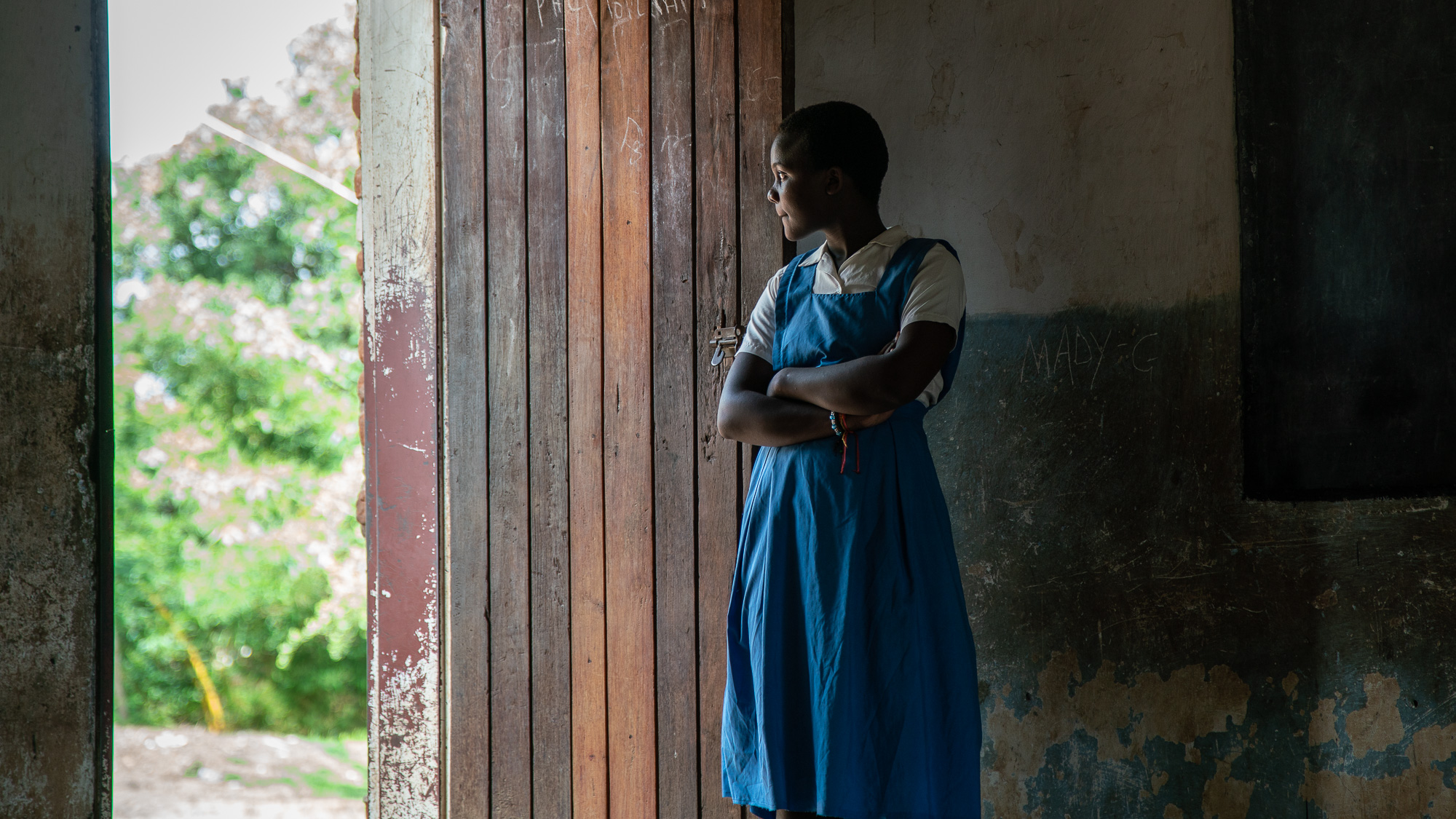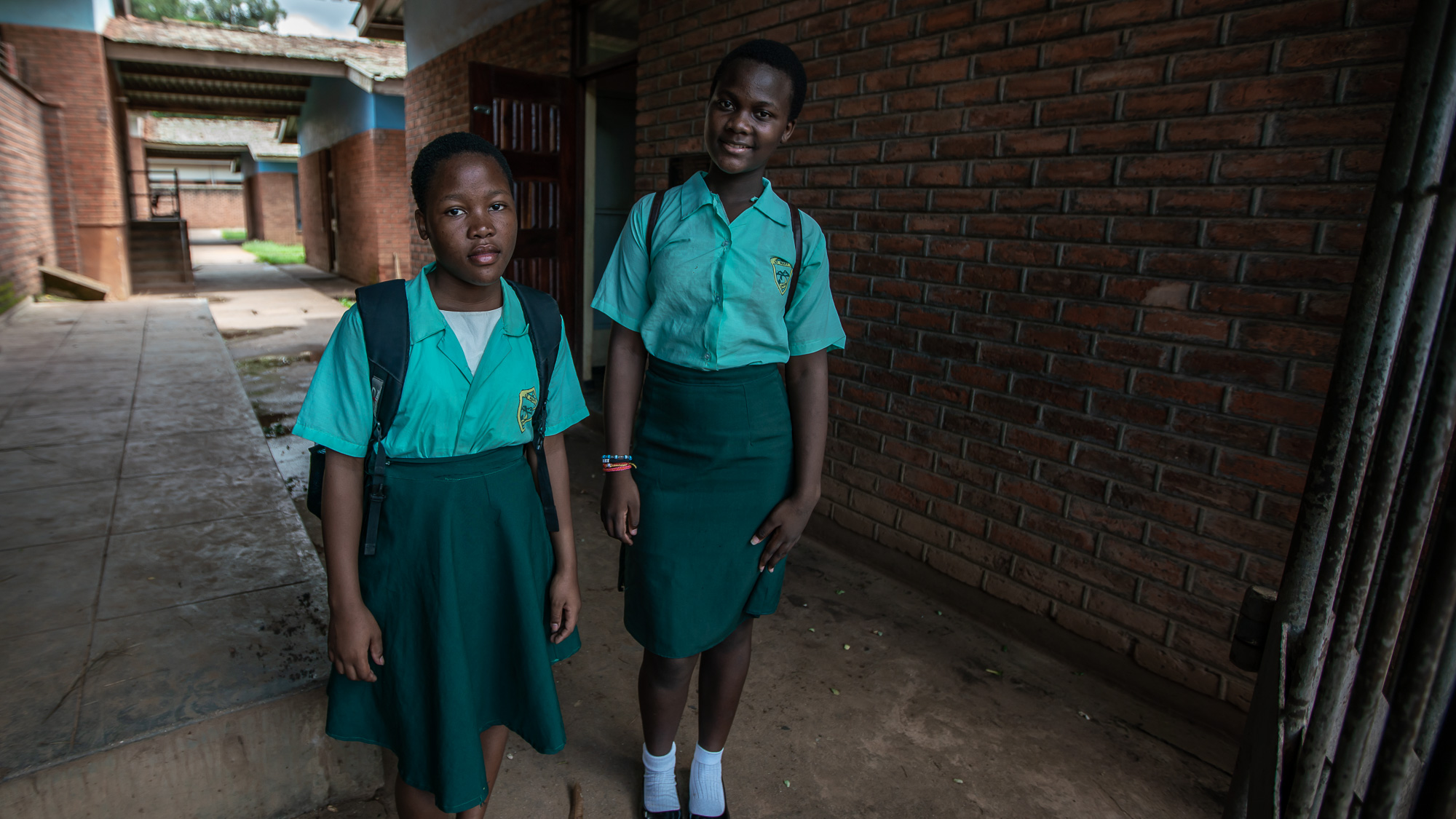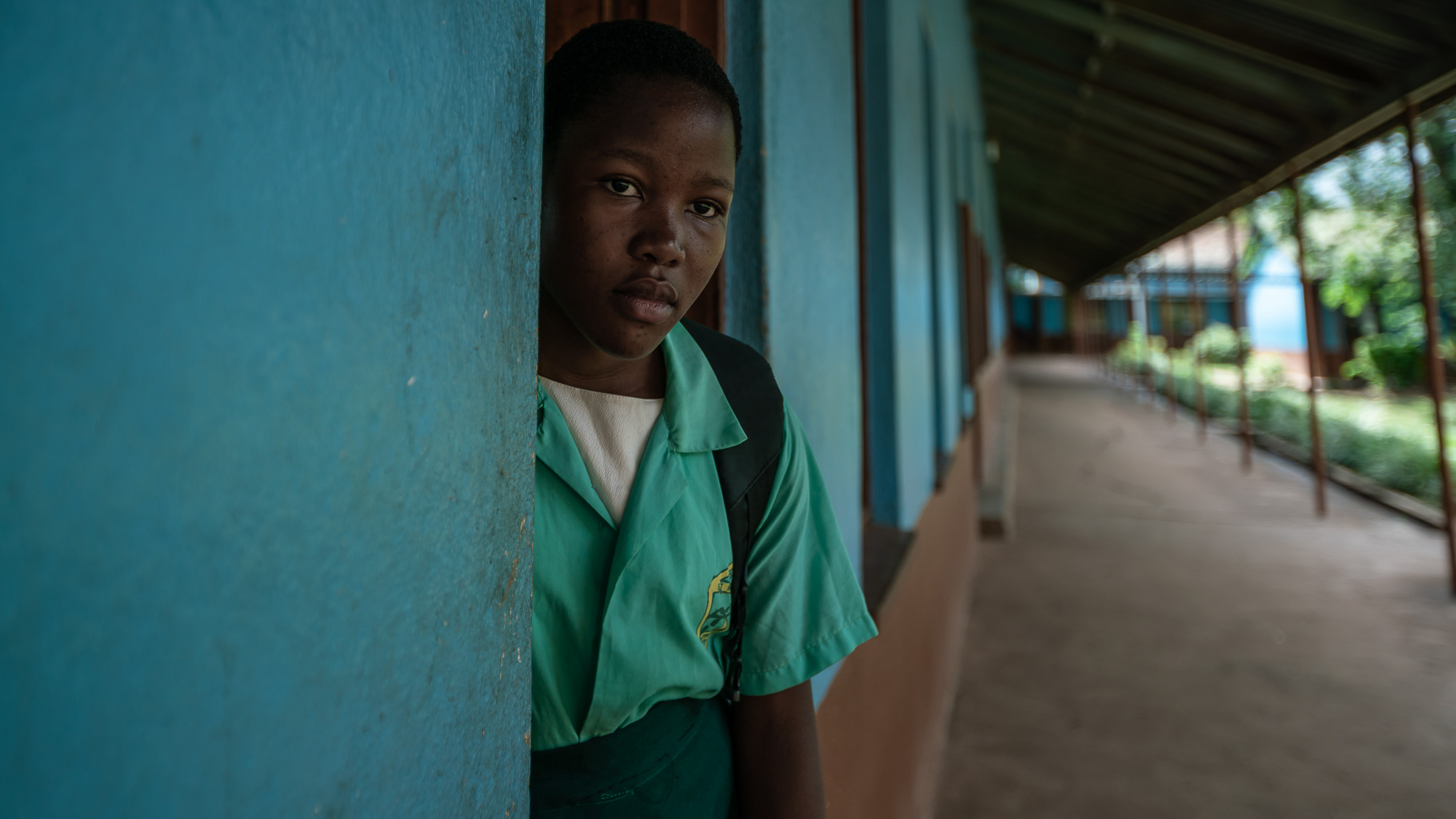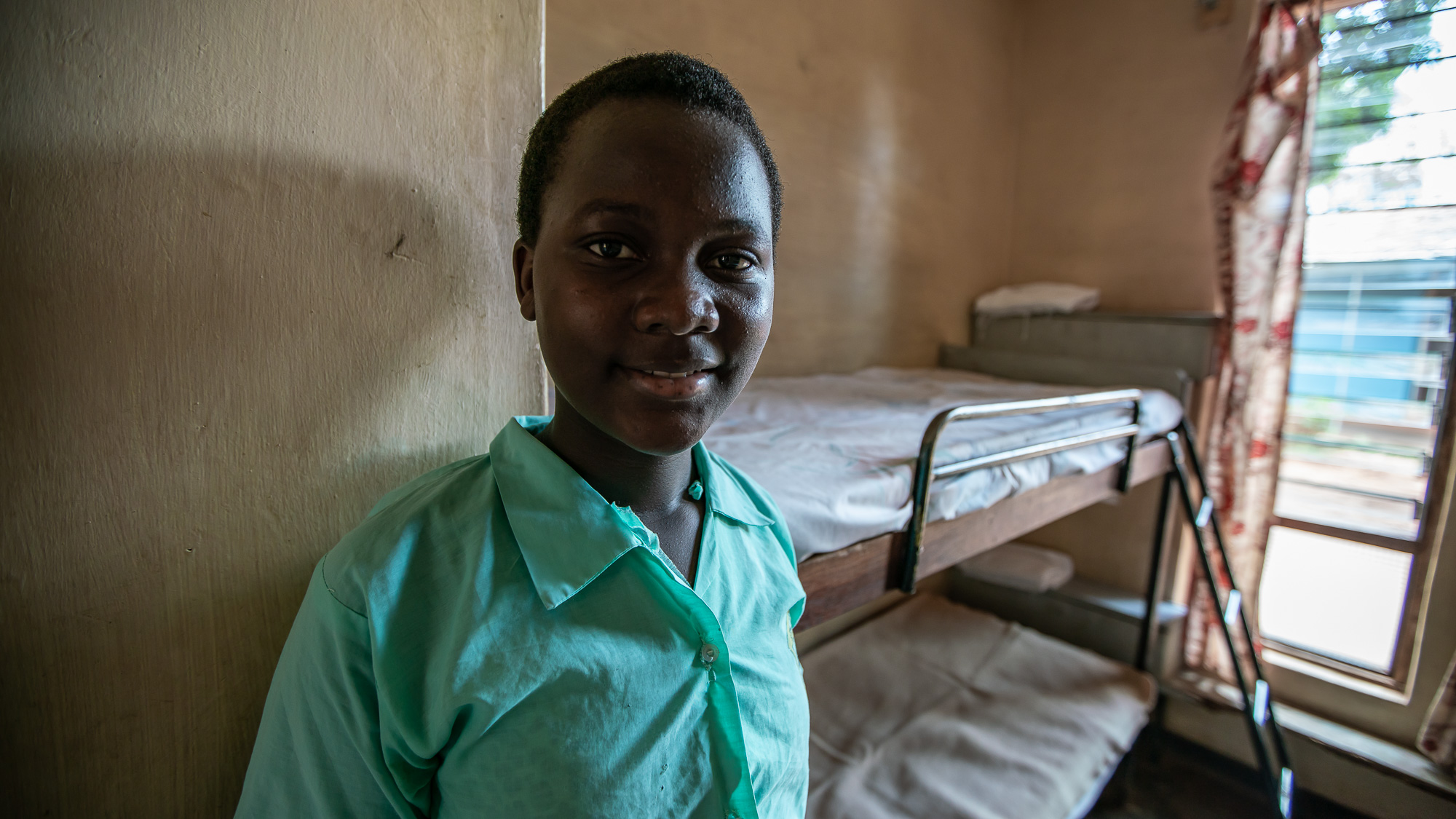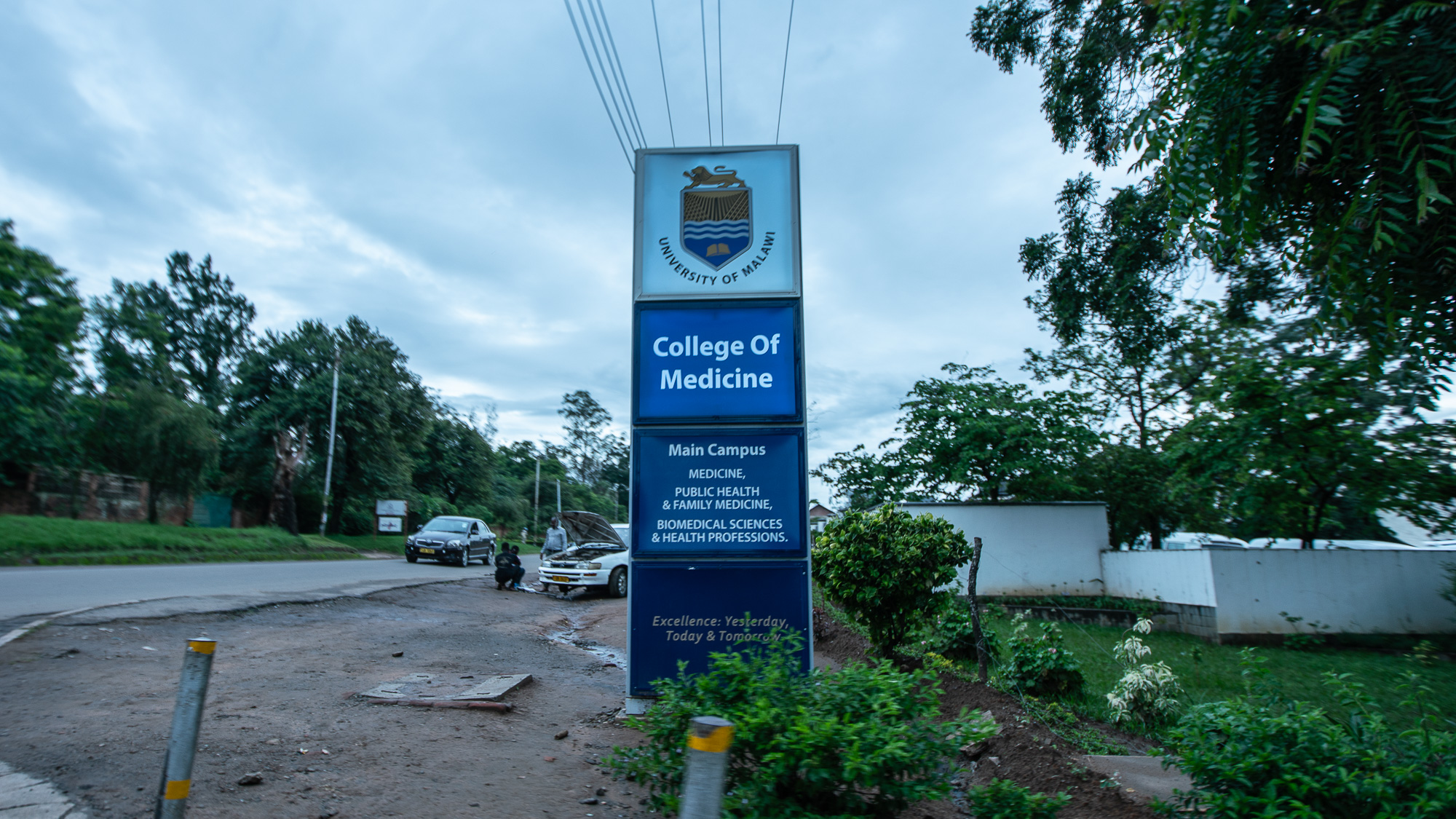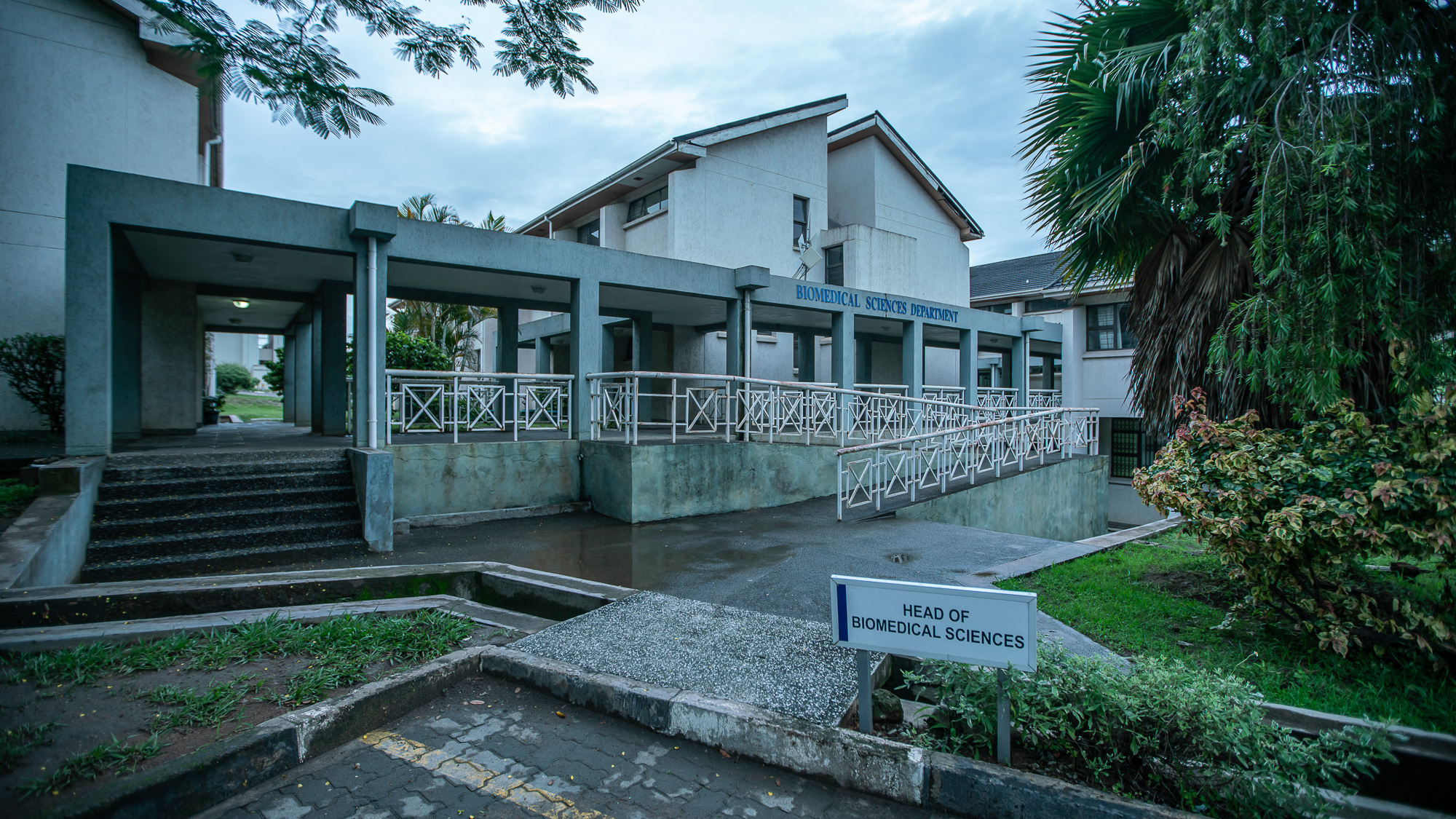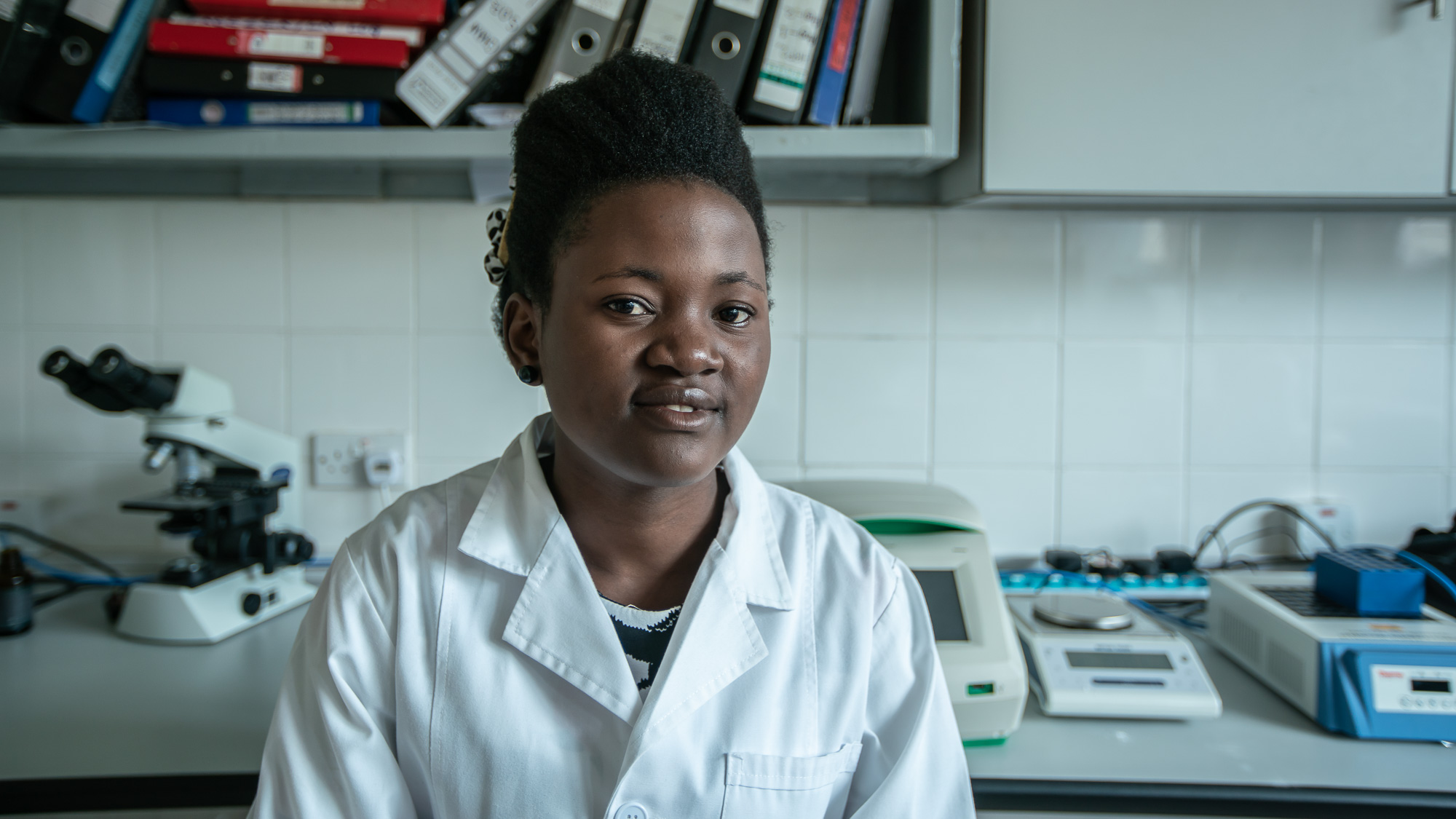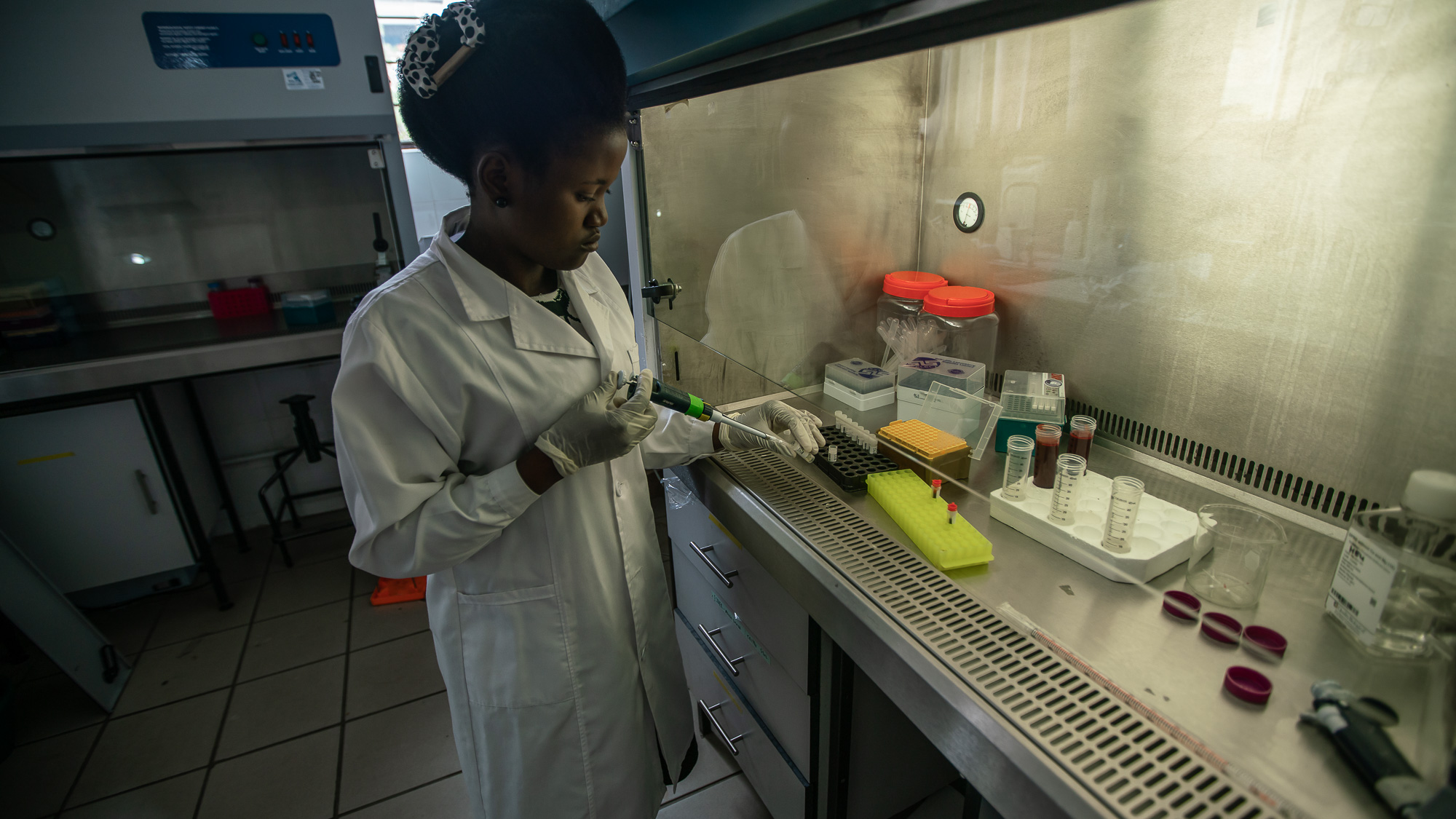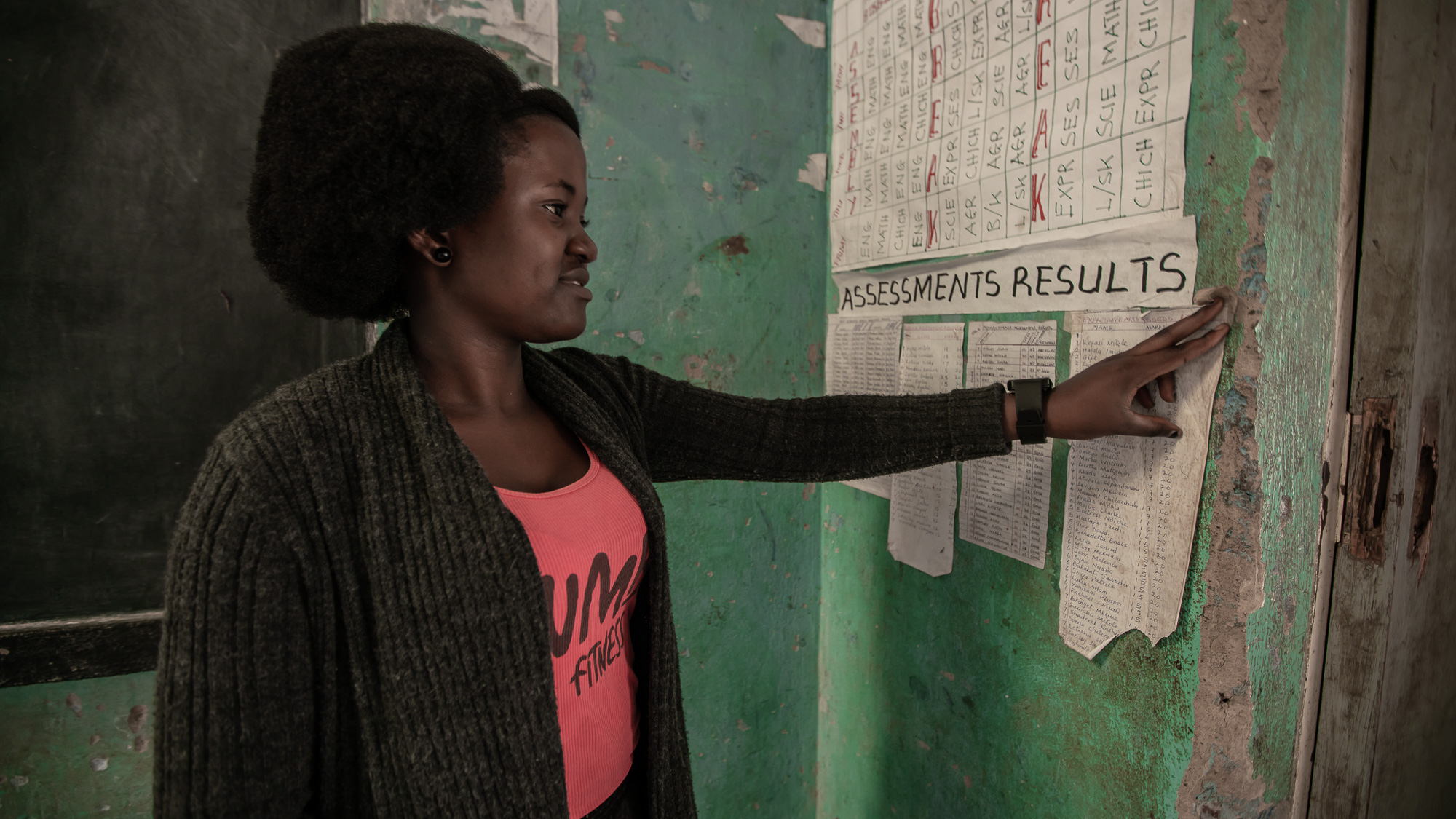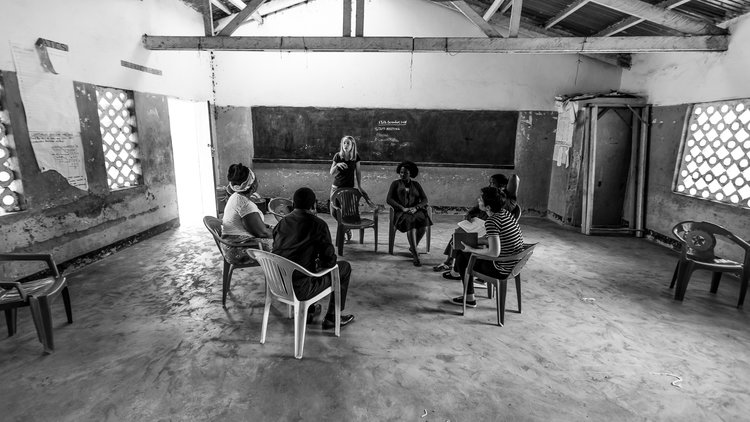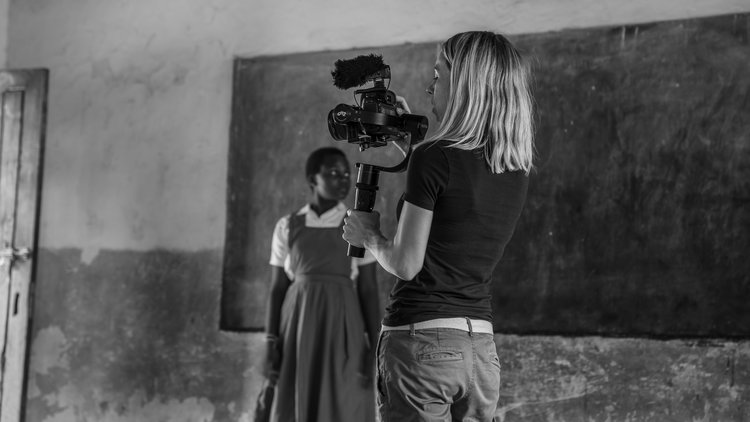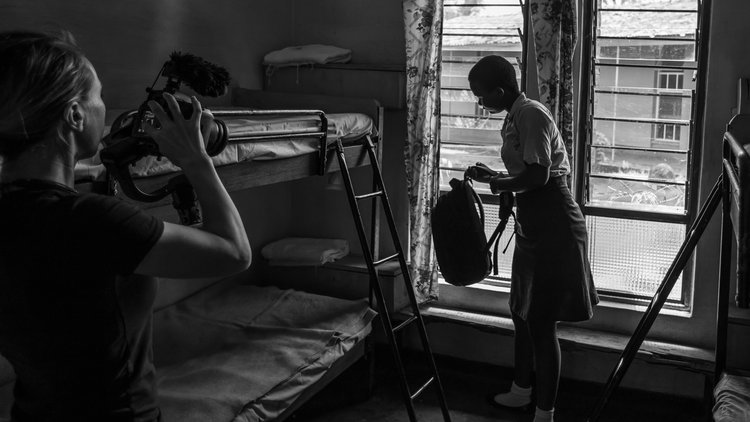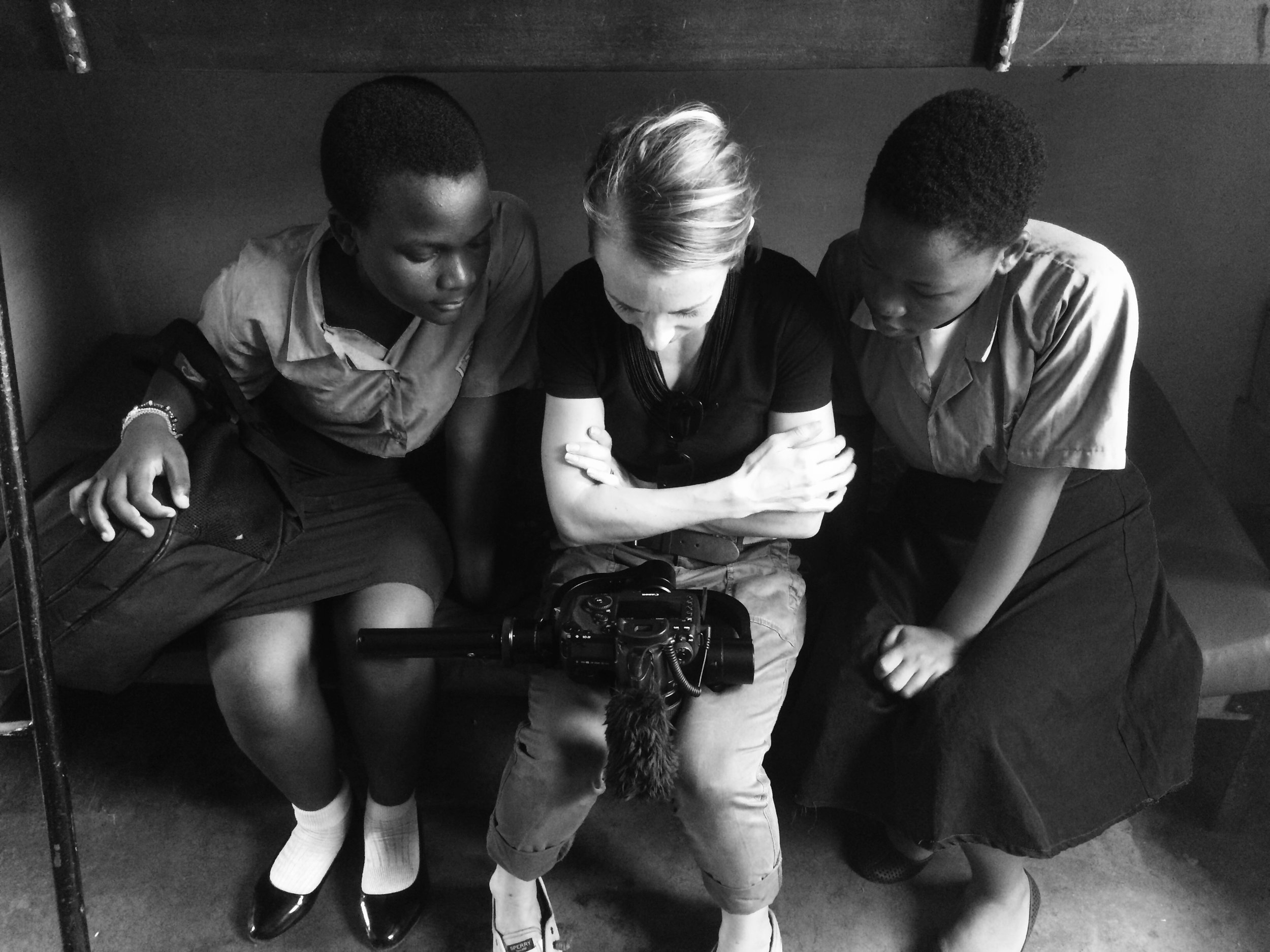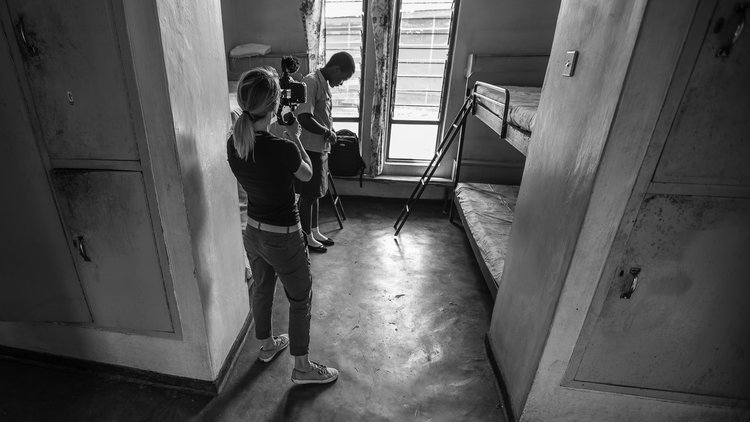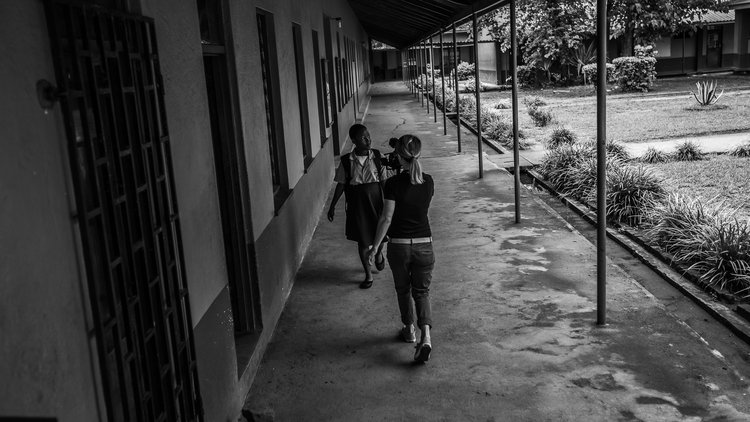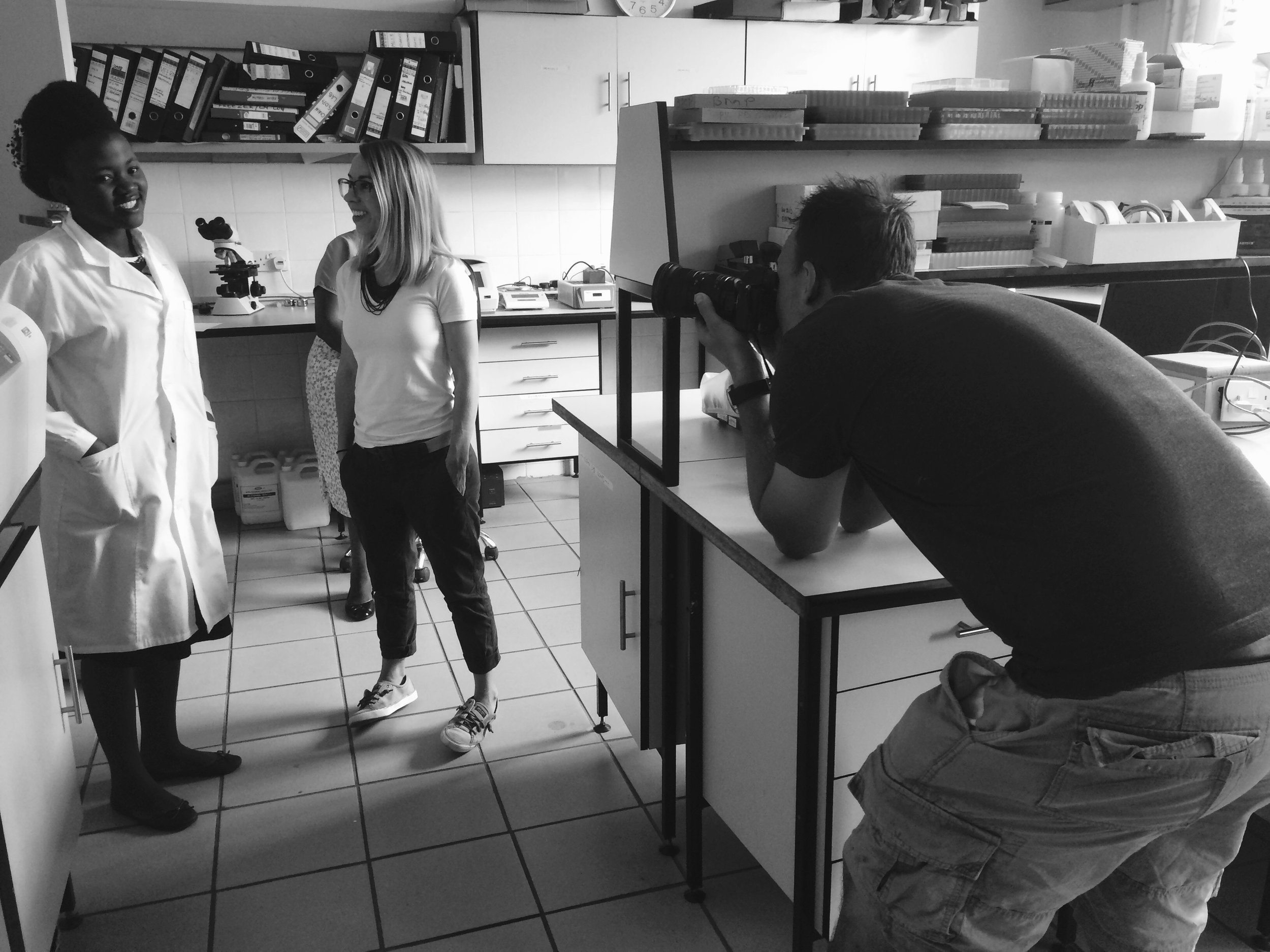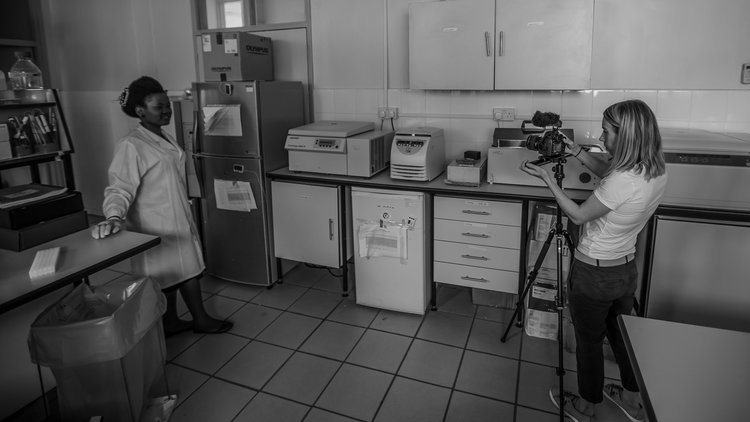In Malawi, just 6 percent of girls complete their secondary education. The main reason for this is poverty. Another factor for girls not being in school is distance. Schools in rural parts of Malawi are often far away, forcing girls to walk long distances between them and their villages.
One girl who has had such an experience is Promise ‘Diana’ Mandala. Diana grew up in a village in Thyolo. Both her parents are farmers. During her primary school years, Diana would walk for two hours barefoot to school — often through rain or across seasonal rivers during the wet season, leaving her uniform wet and making her late for school.
“I used to walk with my friend as it was not safe to walk
that long distance alone,” Diana recalls.
When Diana was close to finishing primary school, she was enrolled at a secondary school over 12 miles away that didn’t offer boarding facilities. At this point Diana decided to take admittance tests in the hope of being selected by another school.
In 2010, Diana was selected to go to St. Mary’s Girls Secondary School in Zomba. She was the only one in her year to be selected to go to this prestigious school. The school had dormitories, which meant Diana didn't have walk far anymore. But due to the costs of the boarding, food and school supplies, Diana was on the brink of dropping out altogether, as her father said he wouldn't support her.
Luckily, a teacher prevented this from happening by nominating Diana for a scholarship based on her situation and good marks. AGE Africa provided Diana with a four-year scholarship.
“They paid for my school fees and provided me with school supplies.”
Advancing Girls Education in Africa (AGE Africa) is a nonprofit organization that works to advance girls’ education in Malawi by providing adolescent girls with resources and information needed to complete their secondary education.
Diana graduated from St. Mary’s with excellent marks, getting her a financial bursary from AGE Africa to study pharmacy at the College of Medicine in Blantyre. She is the first in her family and her entire village to go to university.
Now Diana has completed her fourth year and is on track to graduate in 2021.
“If it weren’t for my AGE Africa scholarship, I would be at home farming with my parents,” she says, adding: “Education is a way to a better life.”
INSTAGRAM VERSION
Background: In Malawi, only 6 percent of girls will go on to graduate high school, and just 2.9 percent will continue post-secondary education studies, according to the United Nations.
The main reason for this is poverty. With more than 85 percent of Malawi’s population living in poverty in rural areas, parents don’t have the money to send their daughters to school and often keep them at home to help with household chores or marry them off at an early age.
The poor East African country has one of the highest child marriage rates in the world, with one in two girls being married before they turn 18.
Another factor for girls not being in school is distance. Schools in rural parts of Malawi are often far away, and it can be dangerous for girls walking the long distances between them and their villages.
Brief: To launch its Girls Opportunity Alliance initiative, the Obama Foundation wanted a series of five short social media optimized films that communicated the realities of adolescent girls around the world who face various barriers in order to pursue education, and the grassroots organizations that are working to support them.
Through a narrative-focused film, the foundation wanted to show how education can transform a girl's life and also allow her to support her family, community and country, as well as help raise funding for the associated grassroots organization.
Challenges & Result: Working with grassroots organization Advancing Girls’ Education in Africa (AGE Africa), we determined the next film would focus on the story of Diana, who during her primary school years, would have to wake up and leave before sunrise to walk 15 miles barefoot to school. She would then only get home after sunset.
Thanks to fantastic communication with AGE Africa, and with Diana being proficient in English and on holiday for the shoot, we were able to get the answers we needed and formulate a script and storyboard with ease. The organization was instrumental in setting up auditions at St Mary’s Girls Secondary School, getting filming permissions from the schools and College of Medicine. They were also great at troubleshooting when it came to logistics.
Our biggest challenge was determining locations, as Diana’s home is in Thyolo, St Mary’s School is in Zomba and Diana’s university is in Blantyre. All of which are around 2 hours away from each other. As we recruited our actors from Zomba, we chose to shoot predominantly there. We sourced a local primary school which wore similar uniforms to what Diana wore at her school. Along with Diana, we found locations (river, roads without houses) around Zomba that matched the scenes she experienced.
We shot a large amount of the 2-minute film using a drone, as we wanted to establish the vast distances Diana would walk to school and back. The drone also helped us with the river crossing scene. Rain or shine, we got the visuals we needed to capture and convey Diana’s journey, ending on a high note by showing Diana in action in a pharmaceutical lab at her university.
The film was shared on the Girls Opportunity Alliance social media platforms on March 8 2019 for International Women’s Day.
Client: Obama Foundation
Initiative: Girls Opportunity Alliance
Partner: AGE Africa
Subject: Promise ‘Diana’ Mandala
Location: Blantyre & Zomba, Malawi
Project Manager: Lisa Stewart
Videography: Morgana Wingard / Jaco Bester
Photography: Morgana Wingard / Jaco Bester
Editing: Tamsyn Reynolds
Sound Design: Matt James
Music Composition: Aled Roberts
CAST
Narrator: Promise ‘Diana’ Mandala
Young Diana: Sandra Khawo
Diana’s Friend: Shackira Mussah
Boys: Chikondi Chaona & Maxwell Muliza


